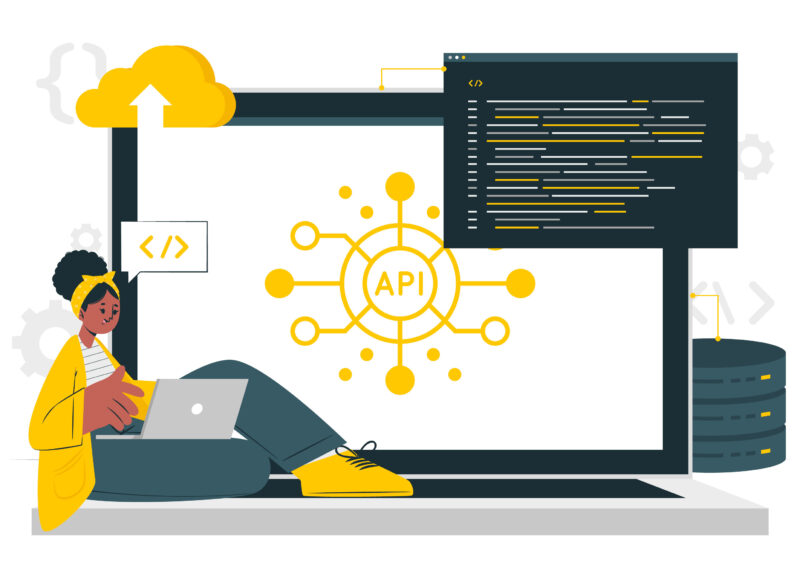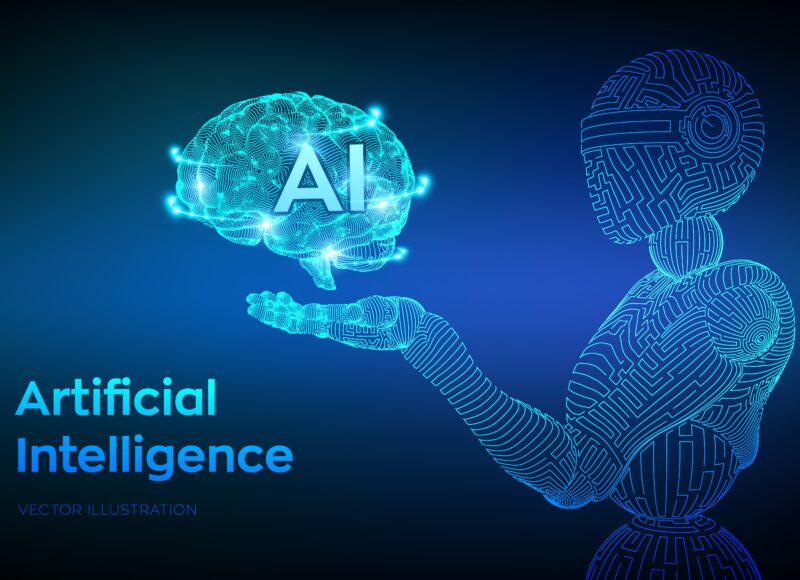Digital Marketing and the Internet of Things (IoT) are transforming how businesses connect with consumers by leveraging real-time data and personalized experiences. Digital marketing, which includes channels like social media, email, content, and search engine optimization, focuses on reaching customers online to promote products and services. By analyzing online behavior, marketers gain insights into customer preferences, which allows them to craft more targeted messages and drive engagement. As more consumers rely on digital platforms, businesses must adopt innovative digital strategies to remain competitive, reaching the right audience at the right time.
IoT enhances digital marketing by creating interconnected devices that collect and share data in real-time, giving marketers a wealth of actionable insights. With IoT-enabled devices, companies can monitor customer behavior in new environments, such as through wearable technology or smart home devices, enabling more personalized advertising and enhancing the user experience. For example, a smart refrigerator could suggest a grocery list based on its stock and send related product promotions directly to the user’s phone. This integration of IoT into marketing empowers brands to go beyond traditional channels, reaching consumers in their everyday lives and creating more relevant interactions.
The fusion of Digital Marketing and IoT offers marketers the power to design campaigns that are responsive to individual user needs. This level of hyper-personalization improves customer satisfaction and loyalty, as brands can now provide products, services, or recommendations precisely when they’re needed. However, this also raises concerns about data privacy and security, as IoT collects extensive personal data. Brands need to implement strong security measures and transparent data policies to build consumer trust. With IoT advancing rapidly, businesses that effectively harness its data for digital marketing will have a competitive edge in today’s increasingly connected world.
Topics of Course
-
1.1 – Introduction to Digital Marketing
-
1.2 – What is Digital Marketing?
-
1.3 – Key Components of Digital Marketing
-
1.4 – Search Engine Optimization (SEO)
-
1.5 – Social Media Marketing
-
1.6 – Content Marketing
-
1.7 – Email Marketing
-
1.8 – Paid Advertising
-
1.9 – Analytics and Metrics
-
1.10 – Conclusion and Next Steps
-
2.1 – Basics of Search Engine Optimization (SEO)
-
2.2 – What is SEO and why is it important?
-
2.3 – Understanding search engines and how they work
-
2.4 – On-page optimization techniques
-
2.5 – Keyword research and targeting
-
2.6 – Content optimization for SEO
-
2.7 – Building a strong website structure
-
2.8 – Link building and off-page optimization
-
2.9 – Local SEO and optimizing for voice search
-
2.10 – Measuring and tracking SEO success
-
3.1 – Basics of Search Engine Marketing (SEM)
-
3.2 – What is SEM?
-
3.3 – Components of SEM
-
3.4 – Paid Search (PPC)
-
3.5 – Organic Search (SEO)
-
3.6 – Keyword Research
-
3.7 – Ad Campaigns
-
3.8 – Landing Page Optimization
-
3.9 – Bidding and Budgeting Strategies
-
3.10 – Measuring and Analyzing SEM Performance
-
Draft Lesson
-
4.2 – What is Content Marketing?
-
4.3 – Benefits of Content Marketing
-
4.4 – Types of Content for Marketing
-
4.5 – Developing a Content Strategy
-
4.6 – Content Ideation and Creation
-
4.7 – Content Distribution Channels
-
4.8 – Measuring Content Performance
-
4.9 – Optimizing Content for Search
-
4.10 – Leveraging User-Generated Content
-
5.1 – Social Media Marketing Basics
-
5.2 – What is social media marketing?
-
5.3 – Why is social media marketing important?
-
5.4 – Key social media platforms
-
5.5 – Building a social media strategy
-
5.6 – Creating engaging content
-
5.7 – Leveraging influencer marketing
-
5.8 – Paid social media advertising
-
5.9 – Tracking and analyzing performance
-
5.10 – Integrating social media with other digital channels
-
6.1 – Email Marketing Fundamentals
-
6.2 – Introduction to Email Marketing
-
6.3 – Building an Email List
-
6.4 – Segmentation and Personalization
-
6.5 – Email Content Strategies
-
6.6 – Crafting Effective Subject Lines and Preheaders
-
6.7 – Optimizing Email Design and Layout
-
6.8 – Measuring Email Campaign Performance
-
6.9 – Automating Email Workflows
-
6.10 – Best Practices for Email Deliverability
-
7.1 – Introduction to Analytics and Metrics
-
7.2 – Why Analytics and Metrics Matter in Digital Marketing
-
7.3 – Key Digital Marketing Metrics to Track
-
7.4 – Web Traffic Metrics: Understanding Site Visitors
-
7.5 – Engagement Metrics: Measuring User Interactions
-
7.6 – Conversion Metrics: Tracking Goal Completions
-
7.7 – Audience Metrics: Knowing Your Customer Demographics
-
7.8 – Channel-Specific Metrics: Evaluating Marketing Channels
-
7.9 – Data Visualization: Presenting Insights with Reports
-
7.10 – Putting It All Together: Tracking and Optimizing Performance
-
8.1 – Basics of Paid Media and Display Advertising
-
8.2 – What is Paid Media?
-
8.3 – Understanding Display Advertising
-
8.4 – Key Components of Display Ads
-
8.5 – Targeting Options in Display Advertising
-
8.6 – Measuring Success: Metrics and KPIs
-
8.7 – Budgeting and Bidding Strategies
-
8.8 – Creative Best Practices for Display Ads
-
8.9 – Integrating Paid Media into the Marketing Mix
-
8.10 – Emerging Trends in Paid Media and Display
-
9.1 – Introduction to Influencer Marketing
-
9.2 – What is Influencer Marketing?
-
9.3 – Benefits of Influencer Marketing
-
9.4 – Types of Influencers
-
9.5 – Finding the Right Influencers
-
9.6 – Influencer Outreach and Collaboration
-
9.7 – Crafting Effective Influencer Content
-
9.8 – Measuring Influencer Marketing Success
-
9.9 – Influencer Marketing Trends and Best Practices
-
9.10 – Conclusion and Next Steps
-
10.1 – Developing a Digital Marketing Strategy
-
10.2 – The Importance of Digital Marketing
-
10.3 – Defining Your Target Audience
-
10.4 – Conducting a Competitive Analysis
-
10.4 – Conducting a Competitive Analysis
-
10.5 – Developing a Content Marketing Plan
-
10.6 – Optimizing for Search Engine Visibility
-
10.7 – Leveraging Social Media Platforms
-
10.8 – Implementing Email Marketing Campaigns
-
10.9 – Measuring and Analyzing Campaign Performance
-
10.10 – Continuously Refining Your Digital Strategy




